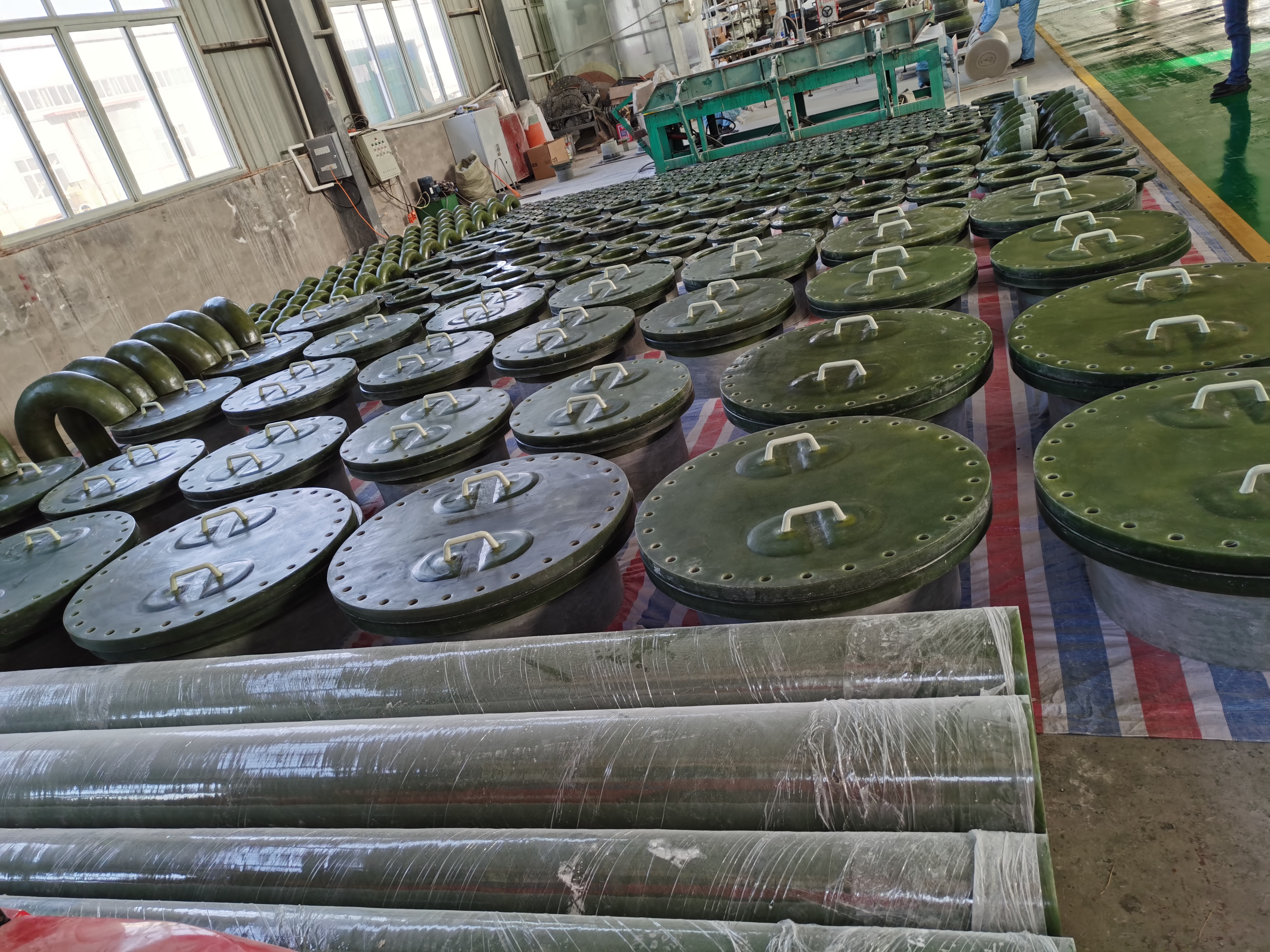
-
 Afrikaans
Afrikaans -
 Albanian
Albanian -
 Amharic
Amharic -
 Arabic
Arabic -
 Armenian
Armenian -
 Azerbaijani
Azerbaijani -
 Basque
Basque -
 Belarusian
Belarusian -
 Bengali
Bengali -
 Bosnian
Bosnian -
 Bulgarian
Bulgarian -
 Catalan
Catalan -
 Cebuano
Cebuano -
 China
China -
 China (Taiwan)
China (Taiwan) -
 Corsican
Corsican -
 Croatian
Croatian -
 Czech
Czech -
 Danish
Danish -
 Dutch
Dutch -
 English
English -
 Esperanto
Esperanto -
 Estonian
Estonian -
 Finnish
Finnish -
 French
French -
 Frisian
Frisian -
 Galician
Galician -
 Georgian
Georgian -
 German
German -
 Greek
Greek -
 Gujarati
Gujarati -
 Haitian Creole
Haitian Creole -
 hausa
hausa -
 hawaiian
hawaiian -
 Hebrew
Hebrew -
 Hindi
Hindi -
 Miao
Miao -
 Hungarian
Hungarian -
 Icelandic
Icelandic -
 igbo
igbo -
 Indonesian
Indonesian -
 irish
irish -
 Italian
Italian -
 Japanese
Japanese -
 Javanese
Javanese -
 Kannada
Kannada -
 kazakh
kazakh -
 Khmer
Khmer -
 Rwandese
Rwandese -
 Korean
Korean -
 Kurdish
Kurdish -
 Kyrgyz
Kyrgyz -
 Lao
Lao -
 Latin
Latin -
 Latvian
Latvian -
 Lithuanian
Lithuanian -
 Luxembourgish
Luxembourgish -
 Macedonian
Macedonian -
 Malgashi
Malgashi -
 Malay
Malay -
 Malayalam
Malayalam -
 Maltese
Maltese -
 Maori
Maori -
 Marathi
Marathi -
 Mongolian
Mongolian -
 Myanmar
Myanmar -
 Nepali
Nepali -
 Norwegian
Norwegian -
 Norwegian
Norwegian -
 Occitan
Occitan -
 Pashto
Pashto -
 Persian
Persian -
 Polish
Polish -
 Portuguese
Portuguese -
 Punjabi
Punjabi -
 Romanian
Romanian -
 Russian
Russian -
 Samoan
Samoan -
 Scottish Gaelic
Scottish Gaelic -
 Serbian
Serbian -
 Sesotho
Sesotho -
 Shona
Shona -
 Sindhi
Sindhi -
 Sinhala
Sinhala -
 Slovak
Slovak -
 Slovenian
Slovenian -
 Somali
Somali -
 Spanish
Spanish -
 Sundanese
Sundanese -
 Swahili
Swahili -
 Swedish
Swedish -
 Tagalog
Tagalog -
 Tajik
Tajik -
 Tamil
Tamil -
 Tatar
Tatar -
 Telugu
Telugu -
 Thai
Thai -
 Turkish
Turkish -
 Turkmen
Turkmen -
 Ukrainian
Ukrainian -
 Urdu
Urdu -
 Uighur
Uighur -
 Uzbek
Uzbek -
 Vietnamese
Vietnamese -
 Welsh
Welsh -
 Bantu
Bantu -
 Yiddish
Yiddish -
 Yoruba
Yoruba -
 Zulu
Zulu
fiberglass clarifier system for efficient water treatment and solid
Fiberglass Clarifier System for Efficient Water Treatment and Solid Management
In the quest for sustainable water management, the importance of effective water treatment systems cannot be overstated. Among various technologies available today, fiberglass clarifier systems have emerged as a crucial component in enhancing the efficiency of water treatment processes. These systems not only optimize the separation of solids from liquids but also contribute to the overall sustainability of water resources.
Fiberglass clarifiers are designed to address the challenges associated with traditional clarifiers, which often involve metal components that can corrode over time. Made from high-quality fiberglass-reinforced plastic, these systems offer superior durability, corrosion resistance, and a longer lifespan compared to their metal counterparts. This characteristic makes fiberglass clarifier systems ideal for use in various water treatment applications, including municipal wastewater treatment, industrial effluent processing, and potable water treatment.
One of the key advantages of fiberglass clarifiers is their efficient solid-liquid separation capability. The clarifier operates on the principle of gravity settling, where denser solids settle to the bottom of the tank while cleaner water rises to the surface. The design of fiberglass clarifiers facilitates uniform flow distribution, allowing for optimal settling and minimal turbulence. This results in improved removal of suspended solids and contaminants, leading to a higher quality effluent.
fiberglass clarifier system for efficient water treatment and solid

In addition to their separation efficiency, fiberglass clarifiers are versatile and customizable. Their modular design allows for easy expansion and adaptation based on specific treatment needs. Whether dealing with varying flow rates or different types of contaminants, fiberglass clarifier systems can be tailored to meet the unique requirements of any water treatment facility.
Moreover, the use of fiberglass clarifier systems is conducive to sustainability efforts. By effectively treating water and reducing the discharge of pollutants into natural water bodies, these systems play a vital role in protecting local ecosystems. Additionally, the reduced need for chemical coagulants in the treatment process not only decreases operational costs but also minimizes the introduction of harmful substances into the environment.
The maintenance of fiberglass clarifiers is also relatively straightforward. The smooth surfaces of fiberglass reduce the likelihood of biofilm formation, ensuring that the system remains efficient with minimal intervention. Regular inspections and cleaning procedures can further enhance performance and longevity, making them a cost-effective choice for water treatment facilities.
In conclusion, fiberglass clarifier systems represent a significant advancement in the field of water treatment. With their durability, efficiency in solid-liquid separation, and eco-friendly attributes, they provide a reliable solution for managing water quality and preserving environmental integrity. As industries and municipalities continue to focus on sustainable practices, the adoption of fiberglass clarifier technology will undoubtedly play a pivotal role in shaping the future of water treatment.
Latest news
-
Exploring the Benefits of Top Hammer Drifter Rods for Enhanced Drilling PerformanceNewsJun.10,2025
-
High-Precision Fiberglass Winding Machine for GRP/FRP Pipe Production – Reliable & Efficient SolutionsNewsJun.10,2025
-
FRP Pipes & Fittings for Shipbuilding - Corrosion-Resistant & LightweightNewsJun.09,2025
-
Premium FRP Flooring Solutions Durable & Slip-ResistantNewsJun.09,2025
-
Premium Fiberglass Rectangular Tanks Durable & Lightweight SolutionNewsJun.09,2025
-
Tapered Drill String Design Guide Durable Performance & UsesNewsJun.09,2025









